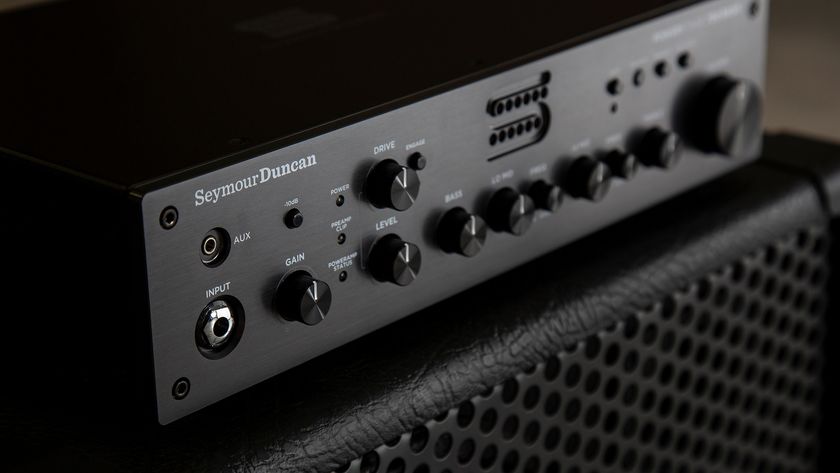Electro-Harmonix Metal Muff

THE ELECTRO-HARMONIX BIG MUFF Pi will always reign as one of the top-10 distortion pedals of all time, but many metal players find it is too limited to dial in modern tones, and they want more versatility than its early Seventies circuit can provide.
With the Metal Muff, Electro-Harmonix has finally made a stomp box designed specifically for the metal masses. Offering tons of gain, flexible multiband EQ and a top-boost circuit, the Metal Muff can generate a wide variety of distortion tones-from the deepest, darkest depths of gloom to razor-sharp timbres-capable of shredding ears.
FEATURES
Housed, appropriately, in a black metal case built to withstand nuclear war, the Metal Muff lays out all of its controls and features in plain view on the front panel. Controls are arranged as follows: volume, top boost, treble, mid, bass and distortion. Two heavy-duty footswitches at the lower right and left corners engage bypass and top boost functions, respectively, and feature blood-red LED indicators. A mono input is on the pedal's right side, output jacks are located on its left, and a jack for an optional nine-volt adapter is situated on the top side.
The EQ bands are voiced perfectly for metal, providing everything from blacker-than- Sabbath crunch to the most lethal scooped mids this side of a graphic EQ. The top-boost function, which is active only when the boost switch is engaged, is great for making solos cut through a dense mix, but unless you're playing an extremely dark-sounding guitar through a dull-sounding amp, you'll probably want to keep the knob rolled down to avoid overly shrill, harsh tones.
THE BOTTOM LINE
Metal players can now raise hell to their heart's content with the Metal Muff. It may generate a wide variety of heavy tones, but fortunately, its price is light on your wallet.
Get The Pick Newsletter
All the latest guitar news, interviews, lessons, reviews, deals and more, direct to your inbox!
Chris is the co-author of Eruption - Conversations with Eddie Van Halen. He is a 40-year music industry veteran who started at Boardwalk Entertainment (Joan Jett, Night Ranger) and Roland US before becoming a guitar journalist in 1991. He has interviewed more than 600 artists, written more than 1,400 product reviews and contributed to Jeff Beck’s Beck 01: Hot Rods and Rock & Roll and Eric Clapton’s Six String Stories.

“If your taste in fuzz leans toward the extreme, Gary has the personality to remain your lifelong best friend”: EarthQuaker Devices Gary review
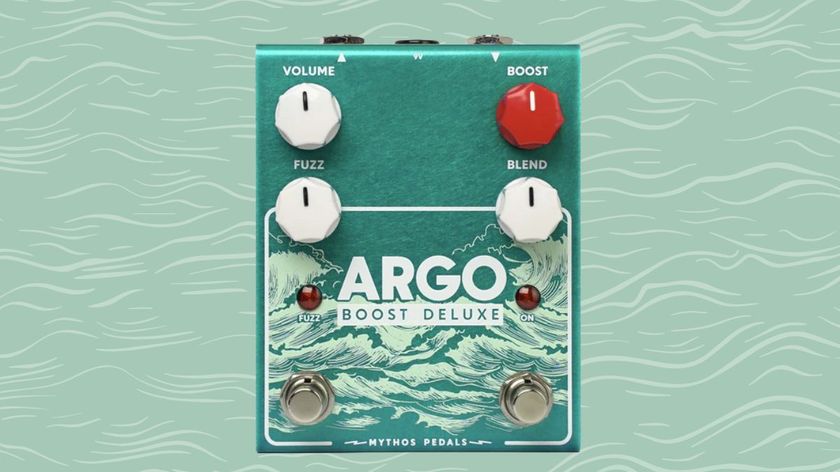
“All of a sudden, my occasional-use pedal has gone to something that can live on the ’board”: That Pedal Show’s Mick Taylor sparks inspired change that sees the Argo Boost Deluxe serve octave fuzz and boost tones in one unit

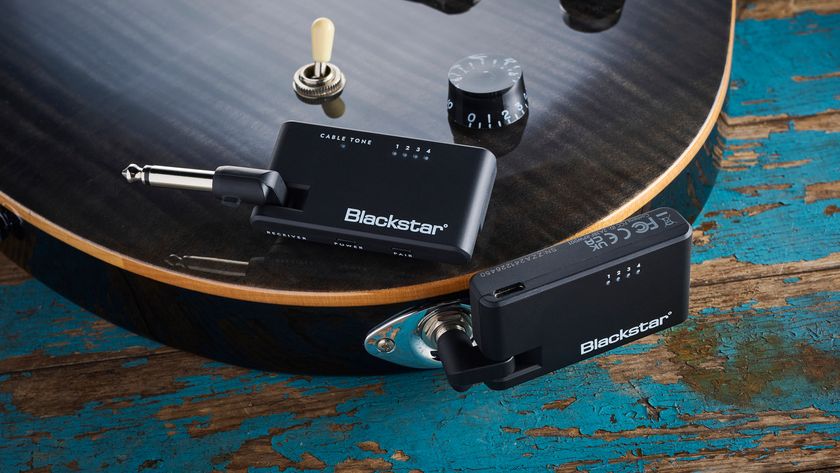

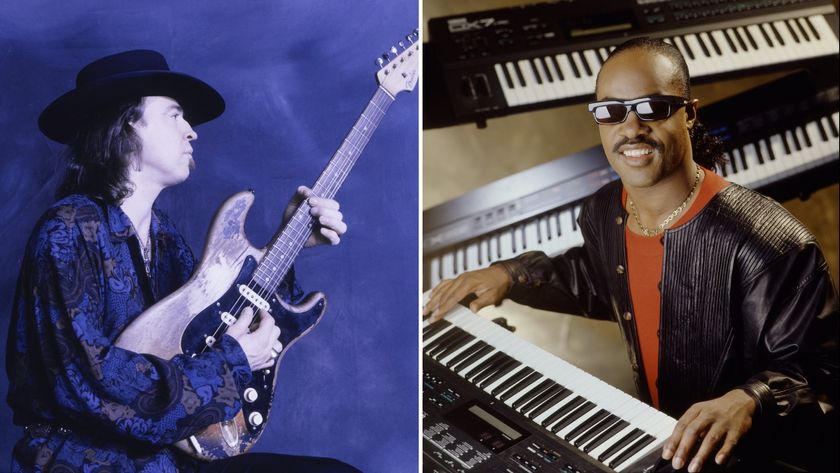
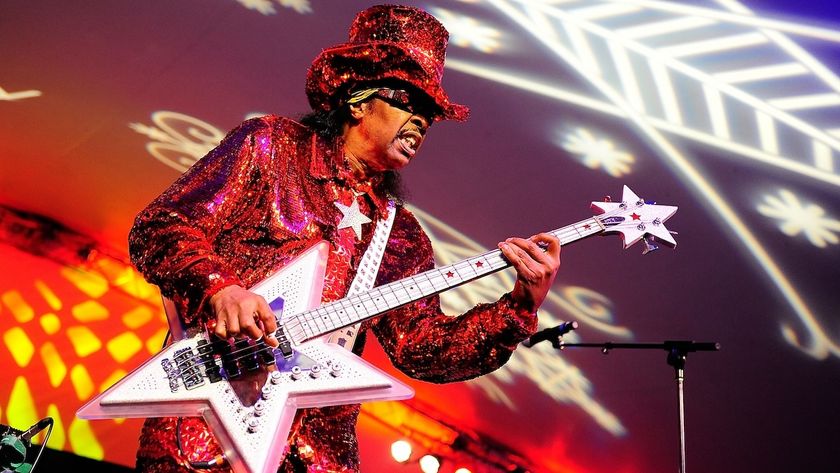


![[L-R] George Harrison, Aashish Khan and John Barham collaborate in the studio](https://cdn.mos.cms.futurecdn.net/VANJajEM56nLiJATg4P5Po-840-80.jpg)
